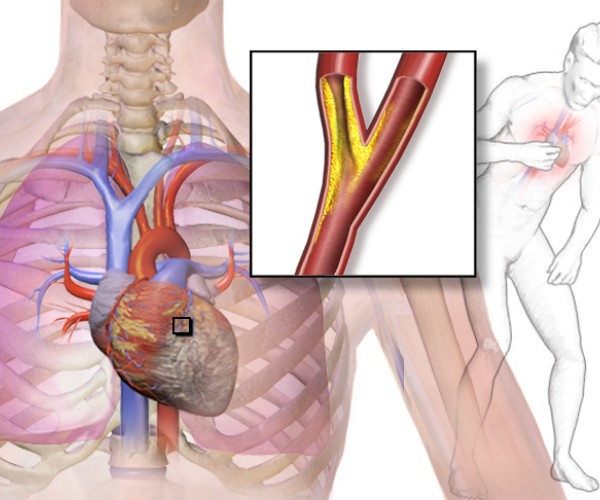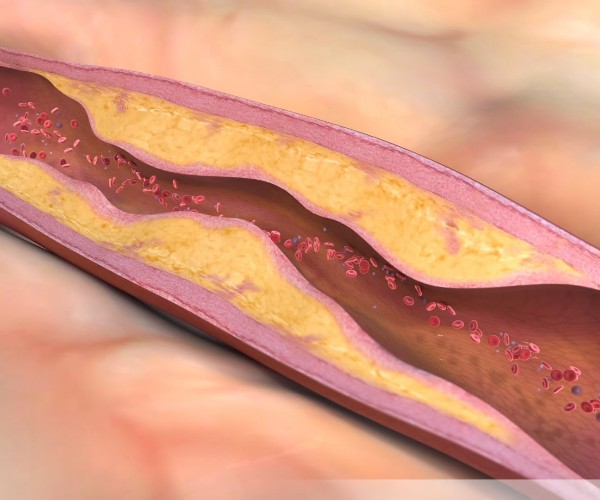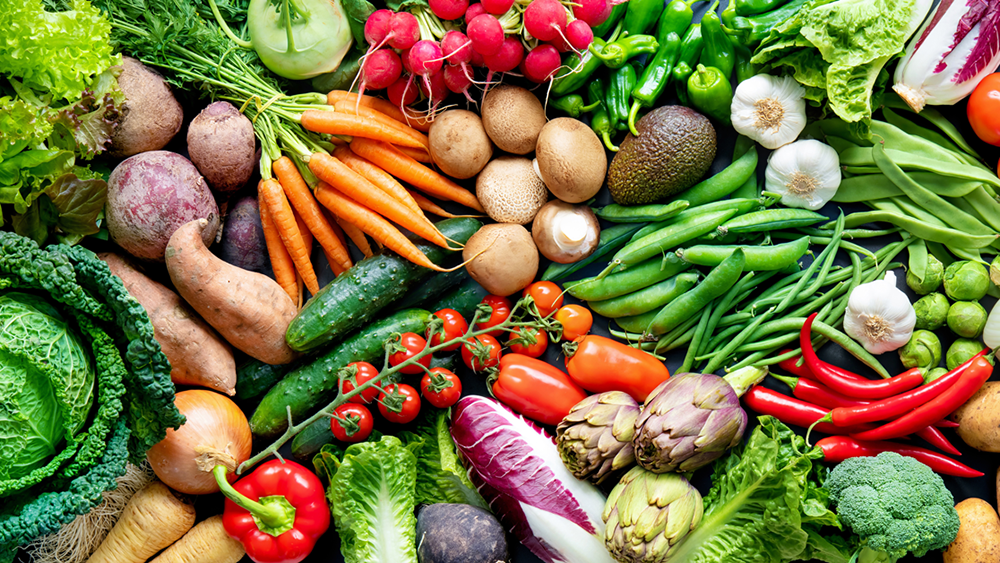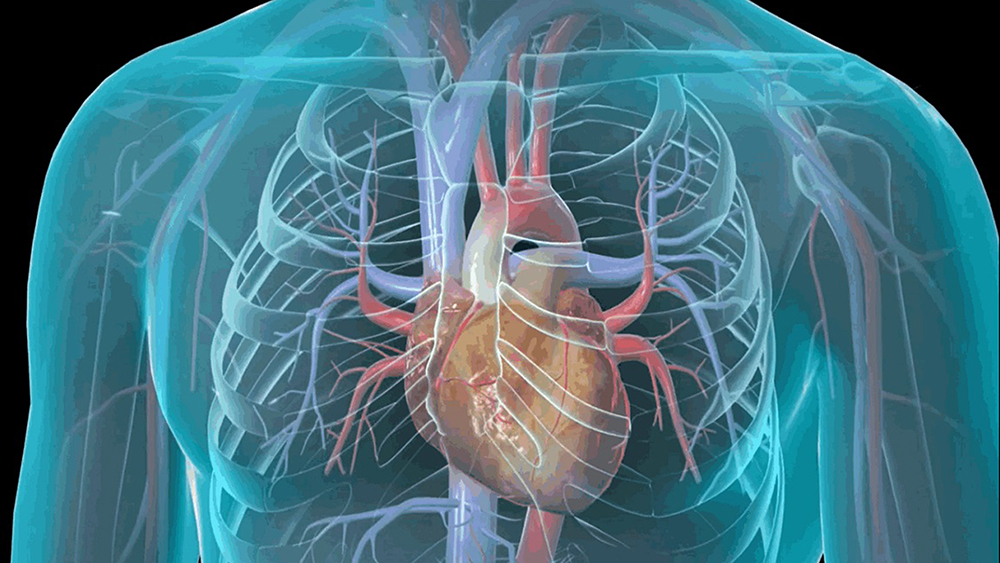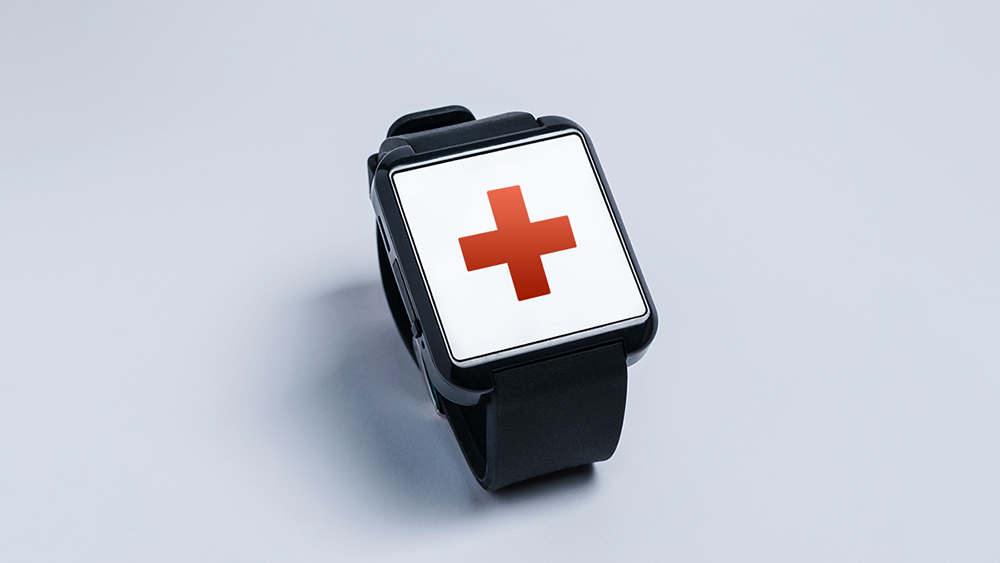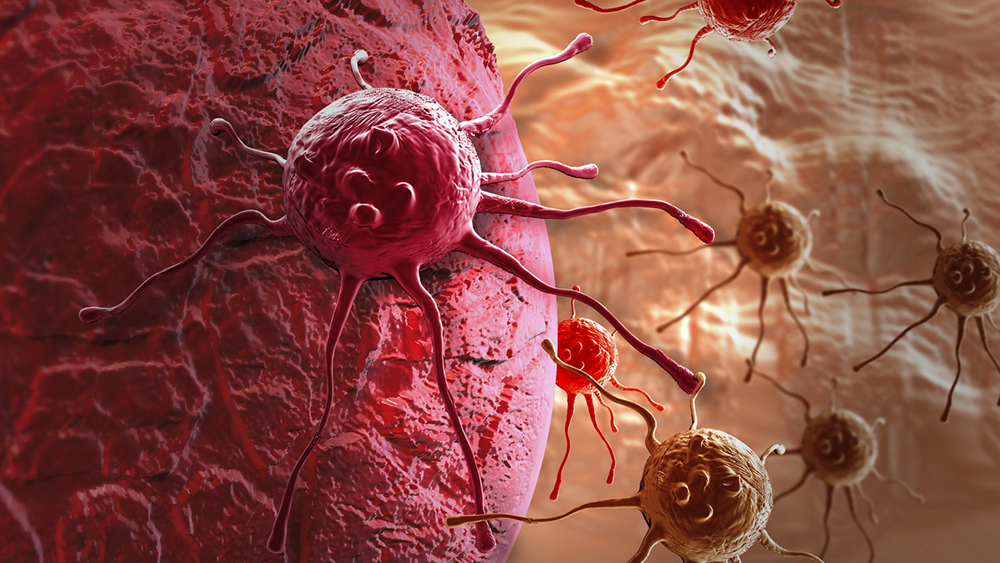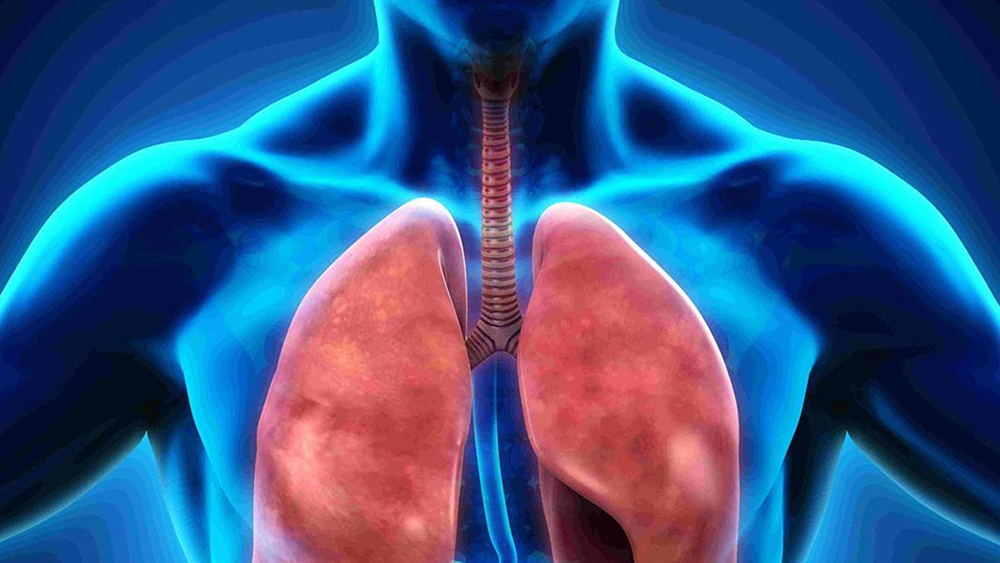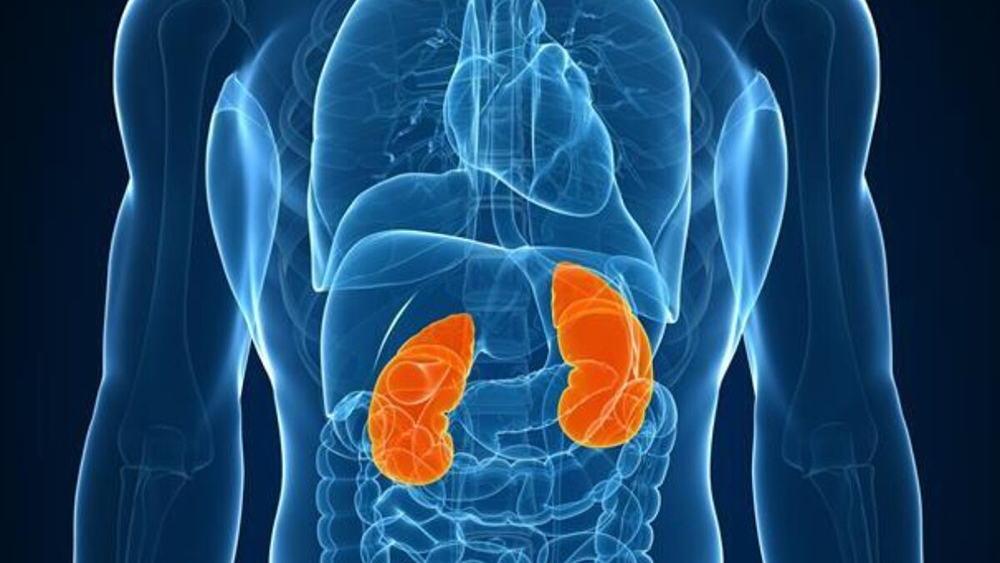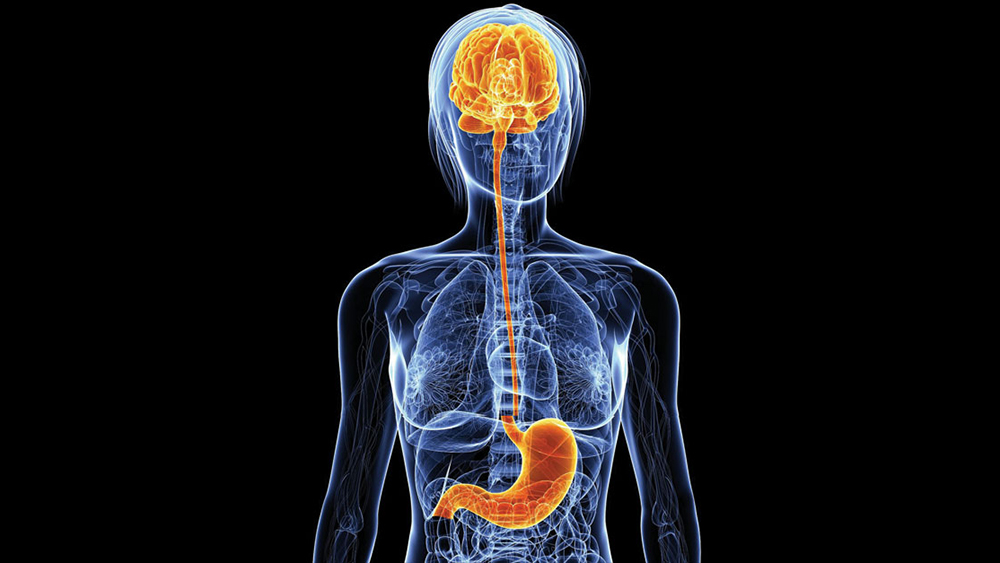Summary
If you have diabetes, you should know that it is important to keep your blood glucose level within a safe range. One of the best ways to do this is to follow a healthy diet. It is important to spend a few minutes getting to know some good eating habits that can make a difference.
What to eat
First of all, you need to know what to eat. It is best to get protein from lean meat and fish and from vegetarian options such as tofu, beans and peas, and to eat foods rich in fibre.
Choose healthy carbohydrates, which are found in fruits, vegetables, whole grains, legumes and low-fat dairy products, and foods that contain ‘good’ fats, such as avocados, almonds and olives.
What to avoid
You also need to know what to avoid. Avoid saturated and trans- saturated fats, limit your intake of sodium and cholesterol.
Because carbohydrates are broken down into glucose in the body, it is advisable to keep track of how many carbohydrates are taken in. Avoid fried foods and processed snacks. Instead, focus on preparing fresh meals at home.
How many times
The frequency with which one eats is also important. For many people with diabetes, it is helpful to eat four to six smaller meals a day instead of two or three large meals. And it is important to eat carbohydrates at regular intervals so as not to cause blood glucose spikes.
Conclusion
Finally, you should know that there is no one diet for diabetes that applies to everyone. There are many diet plans to choose from. Some may work better for your diet than others. Before making any changes to your diet, it is best to talk to your doctor.
Overview
If you have diabetes, you know it’s important tokeep your blood glucose level within a safe range.One of the best ways to do this is by eating ahealthy diet. Let’s take a few minutes to learn aboutsome good eating habits that can make a differencefor you.
What to eat
First, know what to eat. It’s best to get your proteinsfrom lean meats and fish, and from vegetarianoptions like tofu, beans and peas. Eat foods thatare rich in fiber. Eat healthy carbohydrates, whichcan be found in fruits, vegetables, whole grains,legumes and low-fat dairy products. And eat foodsthat contain “good” fats, like avocados, almondsand olives.
What to avoid
You also need to know what to avoid. Steer clear ofsaturated and trans fats. Limit your sodium andcholesterol intake. Because carbohydrates arebroken down into glucose in your body, be sure towatch how many carbs you eat. And avoid friedfoods and processed snacks. Focus instead onpreparing fresh meals at home.
How often
How often you eat matters, too. For many peoplewith diabetes, it’s helpful to eat four to six smallermeals a day instead of two or three large ones. Andit’s important to eat your carbs at regular times soyou don’t cause blood glucose spikes.
Conclusion
Finally, know that there is no one-size-fits-alldiabetes diet. There are many eating plans tochoose from. Some may work better for you thanothers. Before you make any changes to your diet,talk to your doctor.













